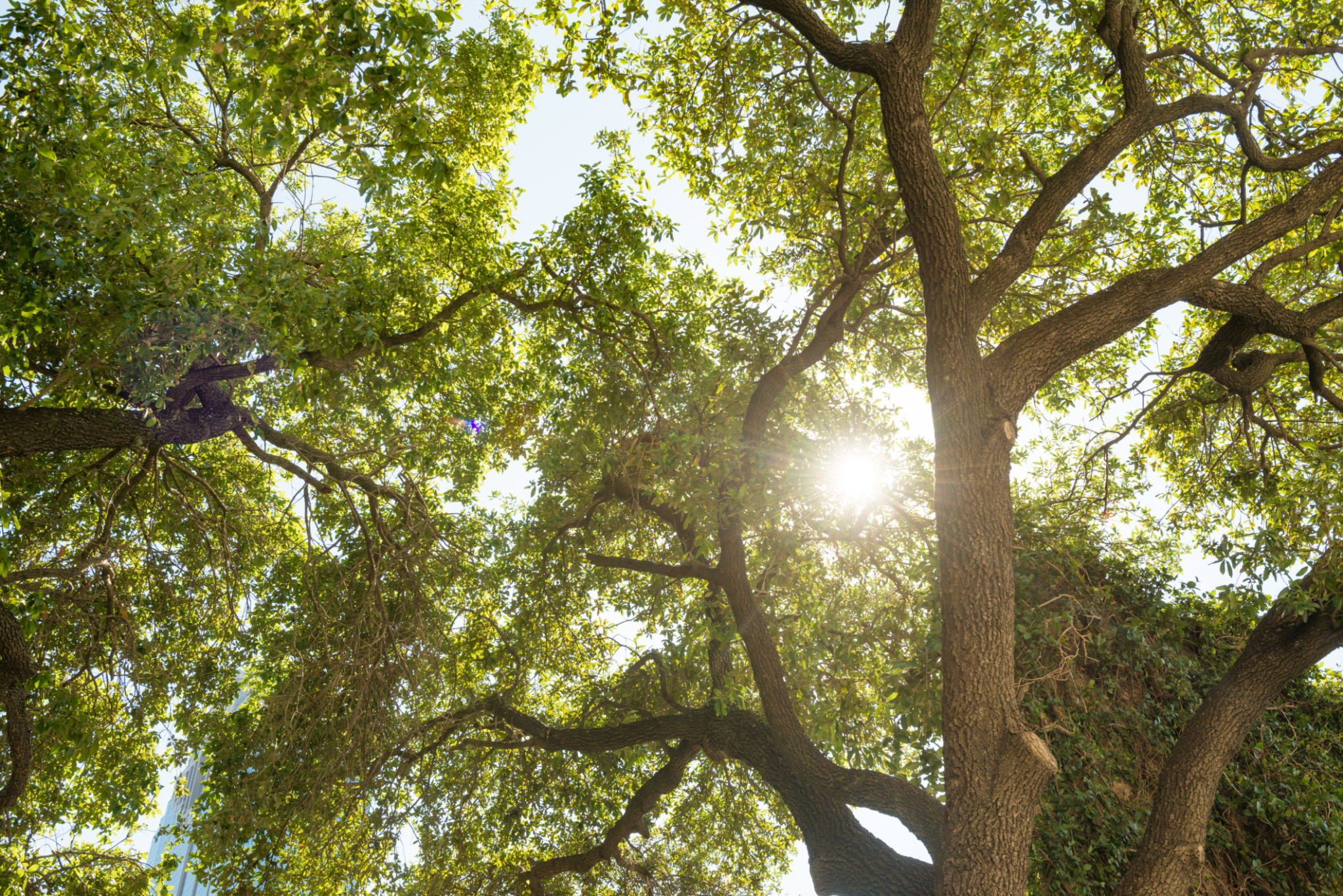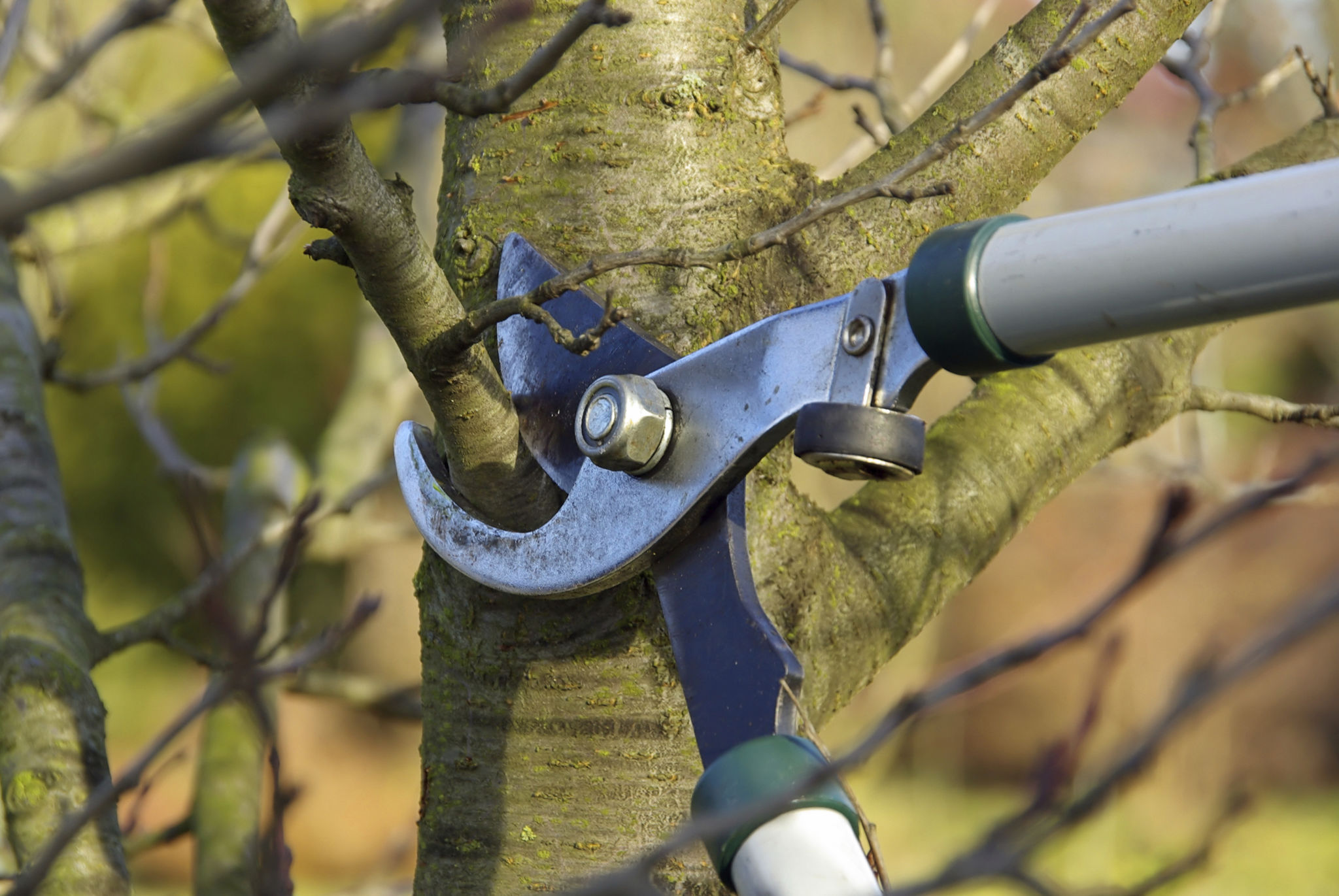How Often Should Trees Be Trimmed in Texas? Expert Tips for Local Tree Maintenance
Understanding the Importance of Tree Trimming
Tree trimming is an essential aspect of maintaining healthy and aesthetically pleasing landscapes, especially in Texas, where the climate can be harsh and unpredictable. Regular trimming not only enhances the appearance of your trees but also promotes their health by removing dead or diseased branches and allowing more sunlight and air to reach the leaves.
In Texas, proper tree maintenance is crucial due to the variety of native species and the unique challenges posed by the local climate. Understanding when and how often to trim your trees can make a significant difference in their longevity and overall health.

Factors Affecting Tree Trimming Frequency
The frequency of tree trimming depends on several factors, including the type of tree, its age, and its location. Here are some key considerations:
- Type of Tree: Different species have varying growth rates and needs. For instance, fast-growing trees like willow or poplar may require more frequent trimming compared to slower-growing species like oak or pine.
- Tree Age: Younger trees often need more formative pruning to establish a strong structure, while mature trees may require less frequent maintenance.
- Location: Trees located near structures, power lines, or in high-traffic areas might need more regular trimming for safety reasons.
Seasonal Considerations
Timing is critical when it comes to tree trimming in Texas. Generally, late winter to early spring is considered the best time for most tree trimming activities. During this period, trees are dormant, which helps minimize stress and encourages new growth when spring arrives.
However, there are exceptions. For instance, trimming oak trees should be avoided between February and June to prevent oak wilt disease. Instead, consider trimming them in the colder months.

The Benefits of Regular Tree Trimming
Regular tree trimming offers multiple benefits beyond just aesthetics. Here are some reasons why maintaining a consistent trimming schedule is important:
- Health Improvement: Removing dead or diseased branches prevents decay organisms from entering the tree, promoting overall health.
- Enhanced Safety: Trimming reduces the risk of branches falling during storms, which can cause property damage or injury.
- Improved Appearance: Well-maintained trees add beauty and value to your property by enhancing curb appeal.
Expert Tips for Local Tree Maintenance
If you’re unsure about how often to trim your trees or need expert advice, consider hiring a professional arborist. They can assess your specific needs and provide tailored recommendations based on the type of trees and their condition.
Additionally, it's crucial to use proper tools and techniques when trimming. Incorrect methods can harm the tree, leading to long-term damage or even death.

Common Mistakes to Avoid
Avoid over-trimming your trees, as removing too much foliage can stress them out and hinder their growth. It's essential to strike a balance between maintaining tree health and achieving the desired shape or size.
Also, ensure that you do not use improper pruning techniques, such as topping or making flush cuts. These practices can cause more harm than good by weakening the tree's structure.
Conclusion: A Seasonal Approach
In conclusion, tree trimming in Texas requires a strategic approach considering various factors such as tree type, age, location, and seasonal timing. By following expert tips and avoiding common mistakes, you can ensure that your trees remain healthy and beautiful year-round.
Whether you choose to undertake the task yourself or hire professionals, regular maintenance is key to preserving the health and beauty of your landscape. With proper care, trees can thrive in the Texas climate, providing shade, beauty, and environmental benefits for years to come.